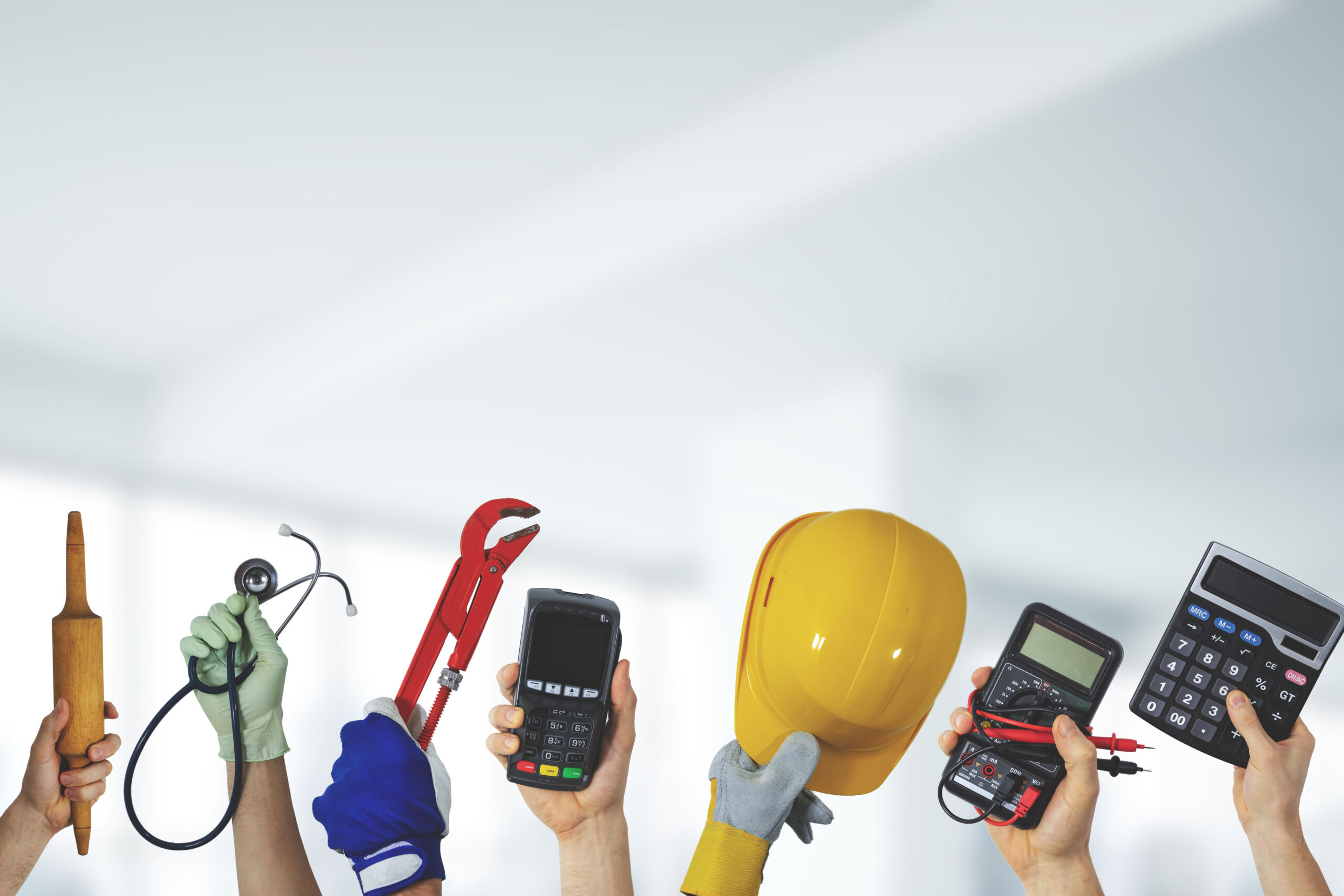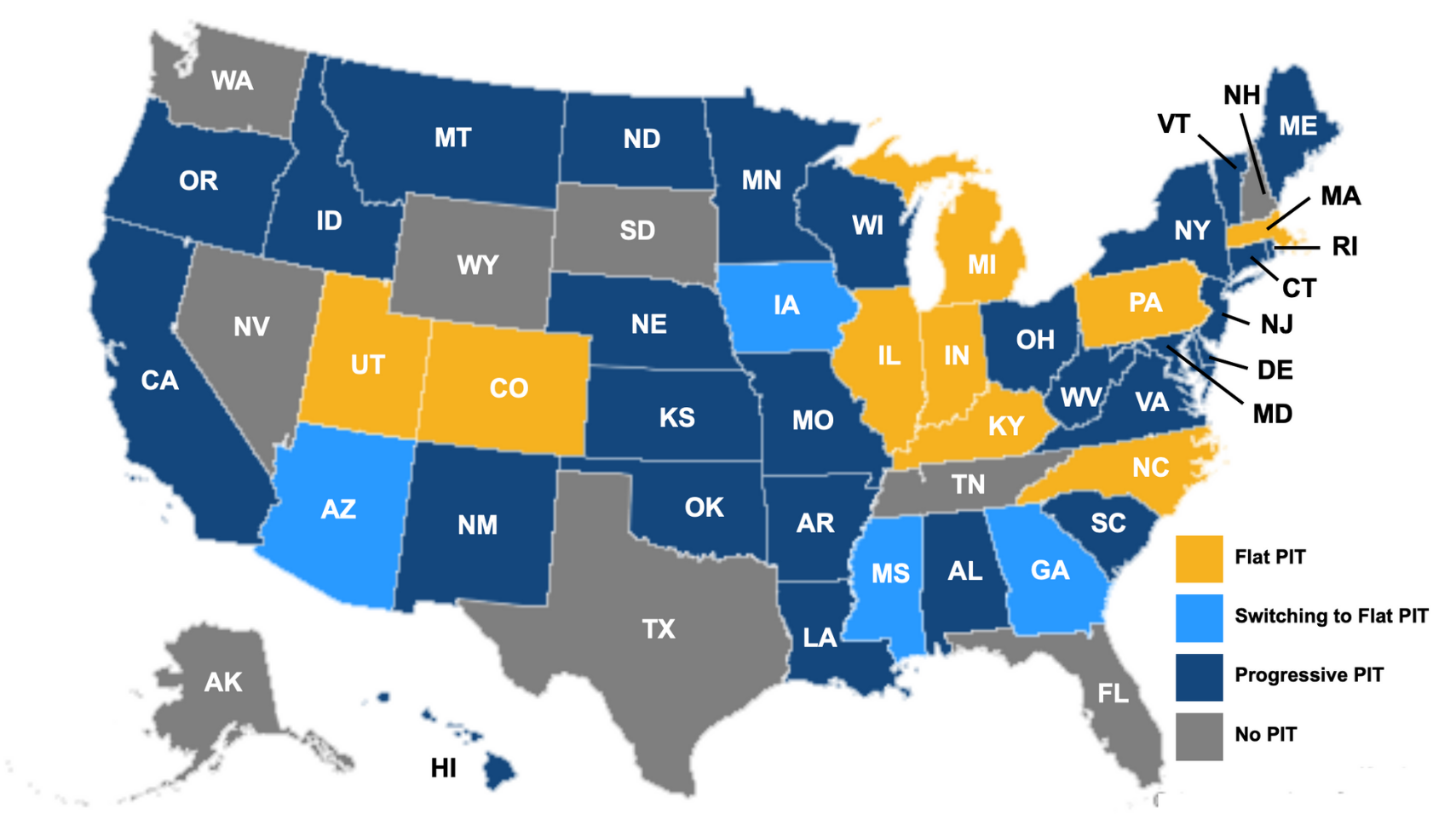The Problem: Drive anywhere in Wisconsin, and you see the ubiquitous ‘help wanted’ signs.
Restaurants, manufacturing plants, shops and businesses of all sizes struggle to find workers.
Added to this reality is the changing dynamics of the workplace that were true prior to the pandemic lockdown. According to a recent news report, “The pandemic crystalized a number of long-standing demographic and competitive challenges facing Wisconsin, including baby boomer retirements, falling birth rates and the loss of young talent, causing the state’s pool of workers to shrink.” These demographic shifts are creating gaps in our workforce.
Addressing this problem will take a multi-prong approach, including talent attraction for new workers (drawing people to Wisconsin, keeping college graduates in Wisconsin, etc.) and a skills upgrade for current workers. But it also means growing our next generation of workers from the ground up through our education system.
The Response: Because all work has dignity, the 1848 Project recommends that Wisconsin’s education system restructure both its message and its practice of making our children “college and career ready.” Many of our public schools do a great job at the college part, but few excel at preparing our students for careers straight out of high school.
The mission should be to graduate students with an industry-recognized credential. And we should think broadly, not just in traditional, male-focused trades jobs. Several Wisconsin high schools, for instance, offer the opportunity to graduate as a Certified Nursing Assistant (CNA) straight out of school.
More schools can follow the leadership of schools who are effectively emphasizing vocational training as intrinsically valuable. Schools like Florence County offer “Fab Labs,” fabrication laboratories that make possible hands-on experiences with cutting-edge equipment in schools. Or take Bay Link Manufacturing, at Green Bay West High School, who partners with local employers to give students real-world manufacturing experience through a number of courses, leading to a youth apprenticeship. It’s important to continue strengthening connections between students and trade/ag/manufacturing industries.
WI has a proud history of school choice, and through that pathway lies an opportunity to create Career and Technical Education schools in each district that would provide further opportunities for students. CTE schools have a history of higher graduation rates and higher income levels for students who complete these programs.
Whether through youth apprenticeship, tech-college advanced credits, employer pipelines, or fab labs, high schools can offer tremendous opportunities for direct entry into the workforce. But it starts with a mindset shift that makes “career ready” just as important as “college ready.”













